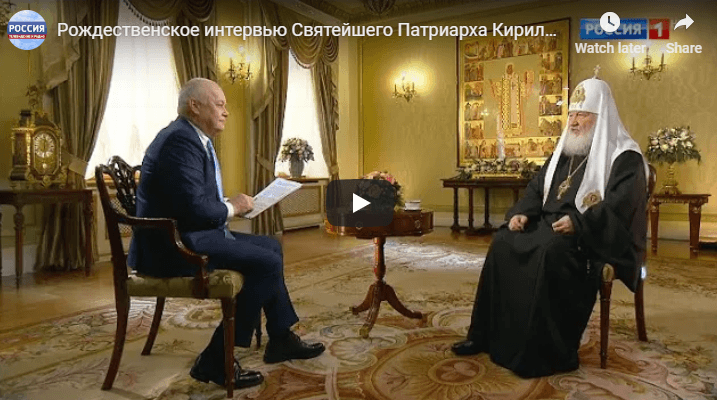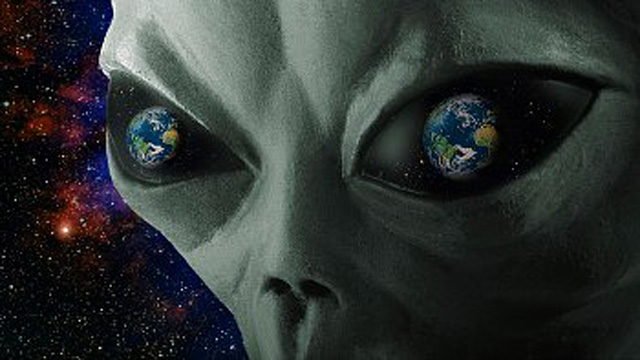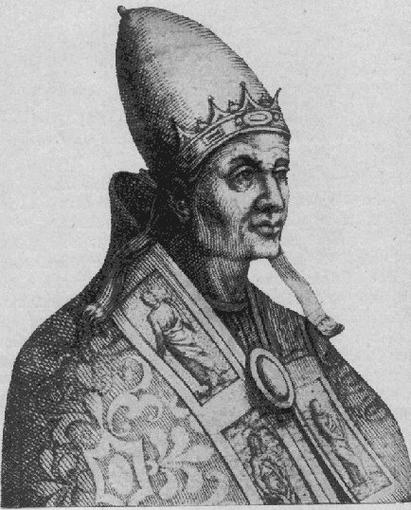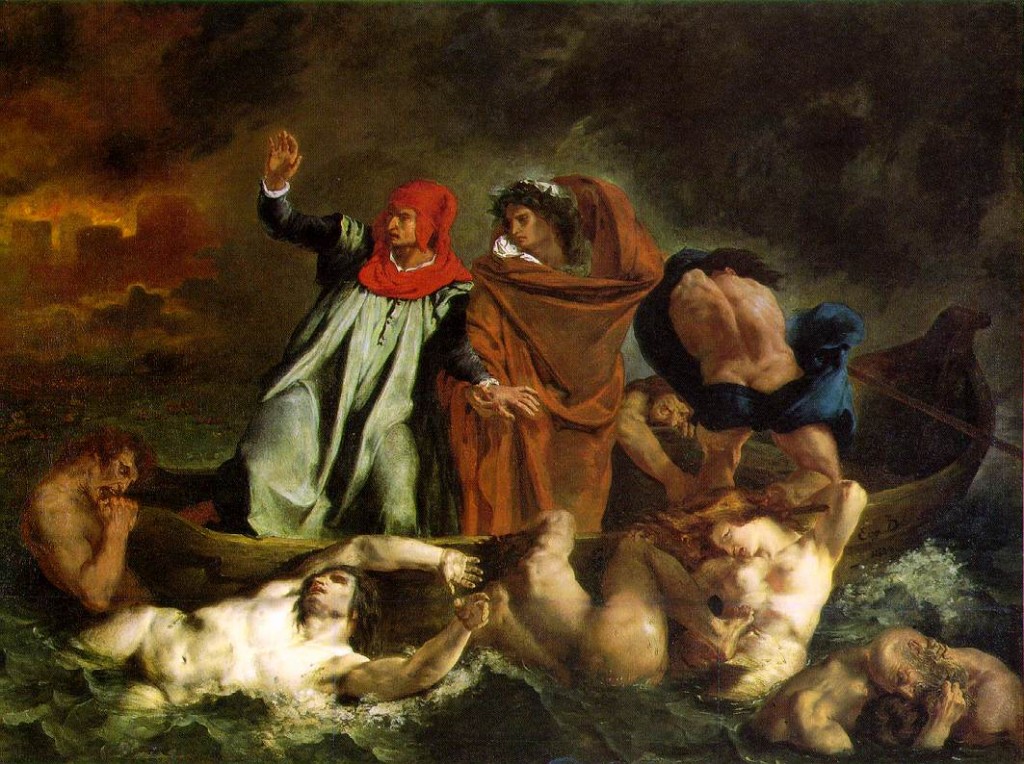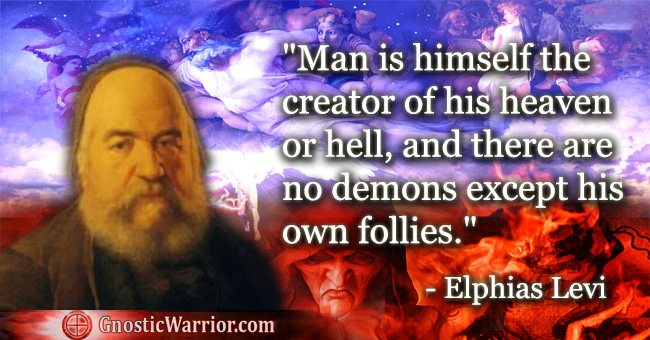On the ancient Holy Island of Crete sits the Temple of Knossos (AKA Gnosis) at the bottom of a hill that was once called “Kephala” (Kephala tou Tselevi). It sits on the western bank of the Krateros river to the south of the modern city of Heraklion, also known as Iraklio.
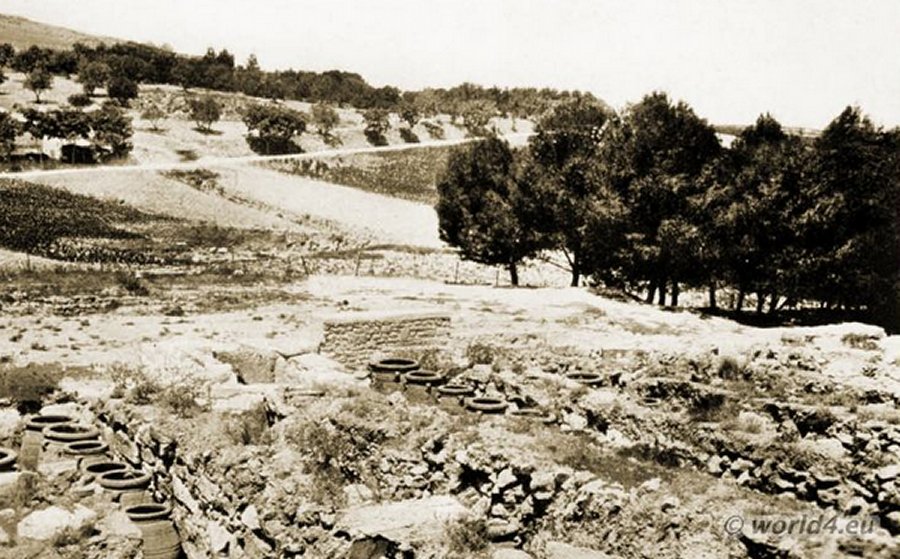
It is said that this location was chosen by ancient settlers for the site of the Palace of Knossos; the footprint of the Neolithic settlement at Kephala Hill was actually larger than the Bronze Age Palace of Knossos. This was the true first “Ancient City of Gnosis.”
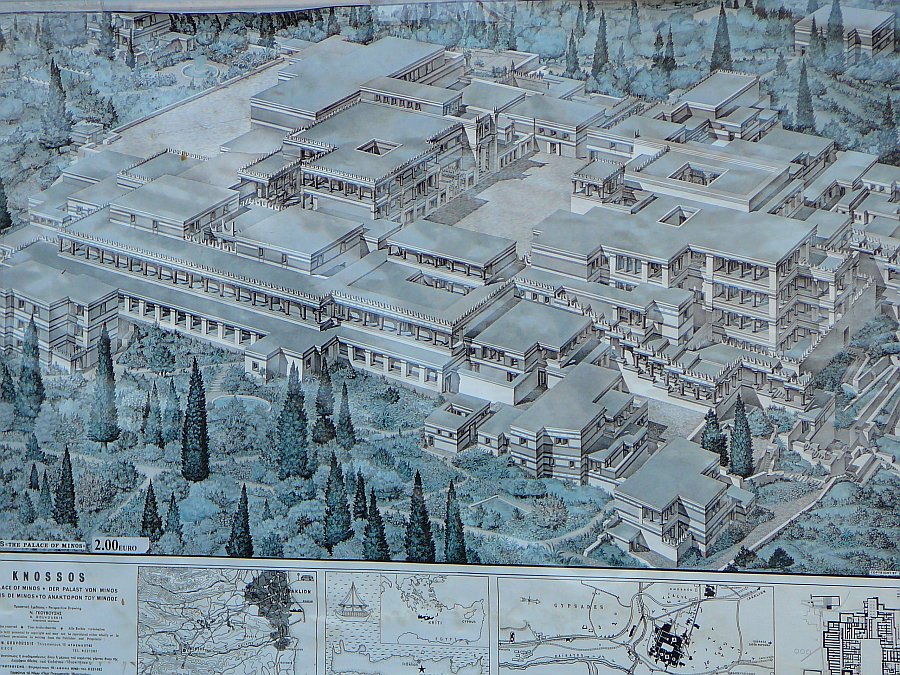
We can find evidence of these facts encoded into the royal mythology of Ancient Crete with the story of King Kephalos (Cephalus) of Crete and Thorikos who was one of the twelve towns of the Synoekismos of Theseus. Kephalos is said to have come to Athens, married the princess Prokris, accidentally killed her, and was exiled from Athens (Mussies 1986: 44). The king is said to rule over the “villages of Kephalos,” from the steep and lofty headland of Kephalos.
Coincidentally, the discovery of what we know today as the “Kephala Tholos Tomb”, north of the palace of Knossos, proves that this mythology is based on true history as always was the case as it is in the Scripture which the two go hand and hand wherever the priesthood had travelled.
This royal tomb was found some 300 meters to the east-northeast from the Kephala hill. It came to light during what are described as “cleaning operations of the olive grove” by a small bulldozer, which resulted in the what they had called the removal of the “key of the tholos.”
Due to the circumstances of the discovery and the urgent need for protection of the site, the investigation started from the chamber, and the excavation team had to enter from the hole of the key. Escavations were eventually carried out in 1998 by the Greek Ministry of Culture under the direction of Theodoros Eliopoulos.
More evidence of the Cretan people known as the ‘Kepha’ is found mentioned in the Ancient Egyptian texts in conjunction with Crete which was called Keftiu and the same peoples who appear in the history and monuments of Egypt under the various names with one being “Kepha.”
The Ancient Egyptian, Ka is usually translated as ‘double’, because it represents a person’s double or what we can call their higher self. It also means spirit or spirit of the blood. Hence, a vessel in our bodies that carries our Ka (Spirit), is called a blood canal (Ka’nal).
The Ka Priests of Kepha – Holy Protectors of the Lord
In Ancient Egypt, the divine ka’s (Divine Angels and Good Demons) had served as guardians of Osiris who was often called the Ka of the Pyramids. In Ancient Greece, the divine Ka’s served as guardians of Zeus, the soul of this world.
These same said Ka’s – AKA guardians of Zeus and Osiris we find in Crete under a plethora of pseudo-names such as the Telchnines (Telknines, Telkhis, Telegonus, or Greek, Τελχῖνες) and Curetes who are placed has the Royal Guardiasn of the God Zeus. Strabo had written, that these are the names of the various groups of daimones or demons known as the Curetes (Kuretes)
As I explained in my article, Simon (Saint Peter): Kepha of the Church, the word Kepha is derived from the Greek words “kepha, kephas and or kephalé,” which mean, “the head,” but also denote esoterically in religion as, “Ruler, Lord or a Cornerstone (Masonic), uniting two walls.” It is my belief that the original true story of Simon can be traced back to the ancient priesthood of the Holy Island of Crete and the City of Knossos (Gnosis).
Let me add that Simon was a fisherman and the great symbol of the Christians is a fish. The kephale (cephus, sefus) is a genus of the Cod-fishes, Cadidae, in which the head is remarkably large, depressed, and broad. Coincidentally, Crete was also once called by the Europeans – ‘Candia.’
Modern Evidence of the Villages of Kephalos
To this very day, you will find evidence of the Kepha like on Crete in Chania at a place called Kefali (Kephali). It is a small village with many old important Church sites with ancient frescoes such as Jesus and the washing of feet, fresco in the Byzantine church of Agios Athanasios or the Frescoes with Christ dead in Church of Metamorphosis tou Sotiros.
Kefali is located on the eastern side of Mount Elias, 60 km south west of Chania Town at a high altitude of 460 meters above the sea. The coastal road near Kefali to said to be one of Crete’s most beautiful and the mountainous village is surrounded by a beautiful verdant landscape and one of the nine villages, and close to the villages of Kissamos- Kaloudiana- Topolia- Elos- Kefali.
You will also find on Crete, Koukou Kefali, in English – Cuckoos Head (Rooster’s Head). It is located to the South-East of the village of Ano Zakro. There are “secret ancient ruins” here that were excavated as part of Arthur Evan’s so-called Minoan excavations and is called the Minoan villa “Tou Koukou to Kephali.”
Could these real life villages actually be scientific evidence of what is considered the “Villages of Kephalos,” from the steep and lofty headland of Kephalos?
This is an Apocalyptic possibility given the fact that there have been massive excavations done here and apparent secret political powers jockeying for control of these ancient holy sites. For example, what is titled, The Kastro Kallithea Archaeological Project: the 2016 study season – Schliemann at Knossos, this battle for the hill called Kephala tou Tselevi is detailed. Something tells me there is much more to this Biblical story…
The Canadian Institute in Greece reports:
The hill called Kephala tou Tselevi on the western bank of the Krateros river to the south of the city of Candia (modern Herakleio) on the island of Crete has come to be known world-wide as Knossos. Here at the beginning of the 20th century Arthur Evans began the excavations of a massive structure and portions of the surrounding settlement that we know today as the Palace of Minos.
Evans was not the first to excavate here,
however. Minos Kalokairinos (1843-1907), an olive merchant and antiquities collector from Candia, initiated the first test trenches on the hill for three weeks in December, 1878. He uncovered a portion of the West Magazines with their storage jars (pithoi) in situ and reached as far as the Throne Room. Given the political sensitivities of the time, as Crete was still under Ottoman rule, the Christian General Administrator of Crete, Fotiades Pashas, decided in 1879 that the excavations should stop. In 1880 he also refused the request of the French School in Athens to continue the excavations for the same reasons. Heinrich Schliemann of Troy and Mycenae fame entered the picture in 1886 seeking to dig at Knossos as well.
Evans did not arrive on the scene until 1894.”
The conclude, “What happened to deny Schliemann access to Knossos?”
One last note in regards to the place called Koukou Kefal Cuckoos Head (Rooster’s Head), as I mentioned in my article, Why Saint Peter is called Satan by Jesus, there is a peculiar reference to the rooster (Cock or Cuckoo) in Simon’s denial which takes us to Peter at Caesarea where he is preparing for a discussion with Simon Magus where there is a symbolic reference to Gnosis with the “rising at the first cock-crowing.”
Also, in the “Palace of Caiaphas” Peter renounces his Master three times, and as the cock crows thrice at his third denial. The name of Caiaphas is very close to Cephas or Kephas and most likely a reference to the same mythological Villages of Kephalos and the real towns and places called Kefal which can be witnessed by anyone on Crete
Double-Headed Defacto Rulers of Jerusalem and Successors to both Peter and Caesar
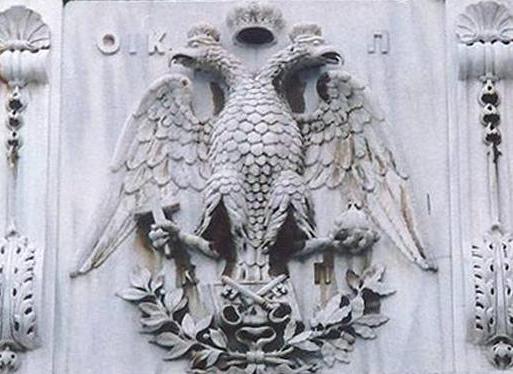
The use of Kephali is interesting given that Kephalee in Greek means Head and is said to be derived from the Phoenician /Hebrew, Kephal. A word who some say signifies, double.
An interesting note is that in the etymology of the compound word “Kephalos” we can find the words ke/ka, pha/pho and los or lus. If we are to dissect the meanings individually we will find that ke/ka is a word for ‘soul’, pha or pho is light or shining and los or lus which means little and can also mean esoterically;
‘Son’ as in “Little Son ie: Son of the Father ie: God” – “Sons of God.”
This is why in the Scripture, the Head Kephas can be found in relation to the “Son and Sons of God ie: Saints” who we know also hold the “Key to the Christian Mysteries ie: True Christian History/Gnosis.”
Interestingly enough, it has been said that the so-called Jewish origin of the symbol of the keys found in Revelation i. 18, iii. 7-9, (in Preuschen’s Zeitschrift ffir die neutest. Wissenschaft, iv. pp. 190192) that Kepha was the name given to a chamber in the temple where the keys were carefully preserved.
It makes perfect sense to call the land that the great city of Knossos, AKA Gnosis was built at the bottom of Kephala Hill upon by the name “head ruler” as being symbolically considered “as the ruler and the cornerstone of the world.” After all, as I have said numerous times, the island of Crete was considered for thousands of years as the holiest land in all the world and it was also known as the Center of the World and Soul of the World.
Control Crete, you hold the Royal Sceptre to the Soul of the World thus becoming the Double-Headed defacto rulers of Jerusalem and Rome as the legal successors to both Peter and Caesar.
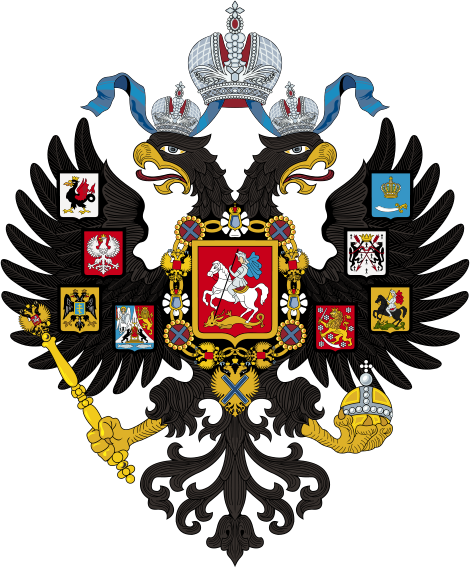
The Heavenly keys are held by the Sons of God, who holds the keys of Hades, by which the binding of demons and the gates of the lower world could be closed or opened. The Holy Protectors of Solomon’s Temple ie: Earth.
It should be no coincidence that Simon, AKA Kepha, AKA Saint Peter is the “Cornerstone of the Church” and he holds the Gnostic keys to the mysteries in his Right hand for it is said by the Lord;
“I will give you the keys of the kingdom of heaven; and whatever you bind on earth shall have been bound in heaven, and whatever you loose on earth shall have been loosed in heaven.”

Moe is the founder of GnosticWarrior.com. He is a father, husband, author, martial arts black belt, and an expert in Gnosticism, the occult, and esotericism.



